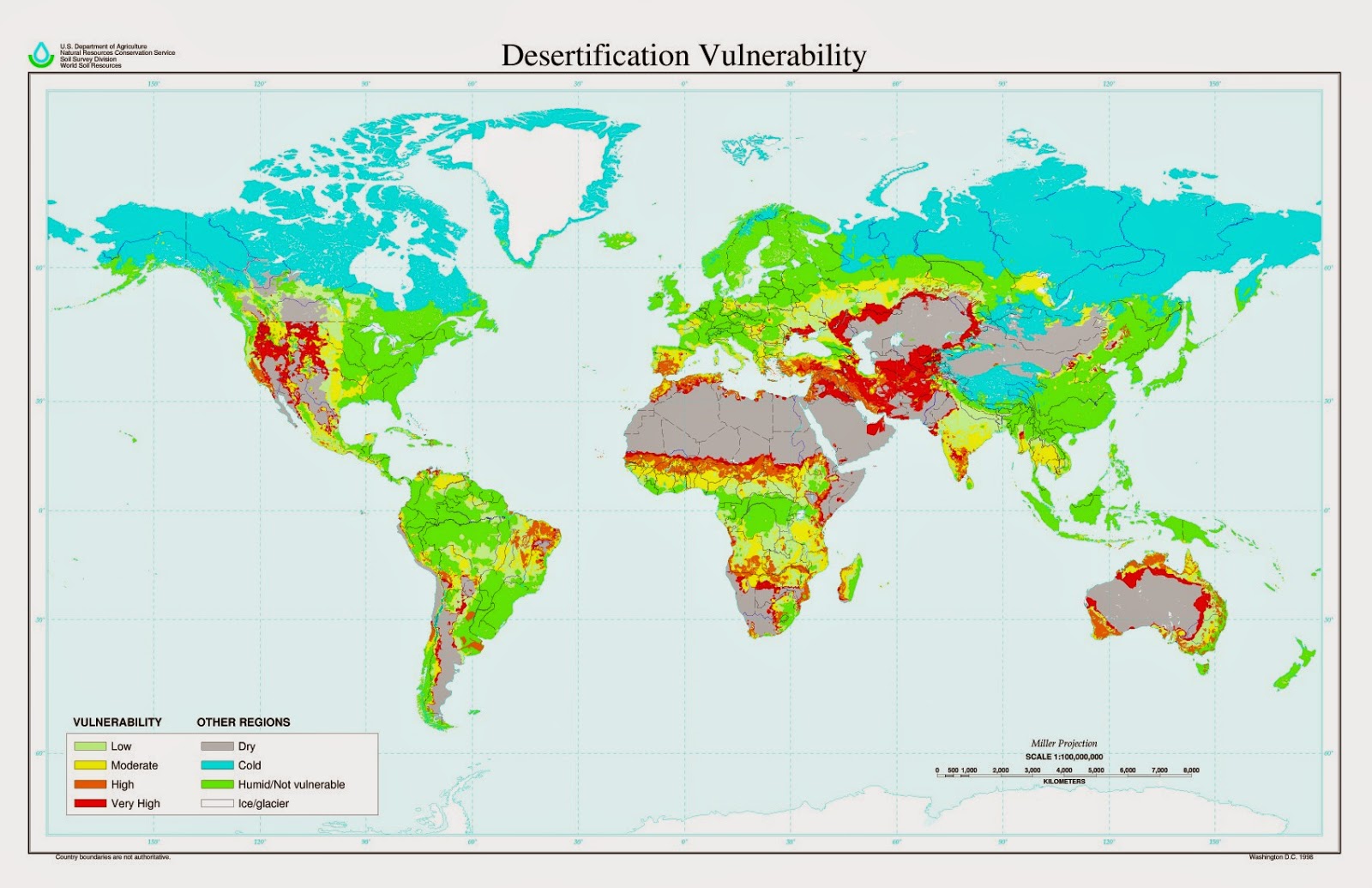A load of Rubbish!
Since a young age, I have adored
fashion. Seeing models promote beautifully structured, eye catching clothing
both captivates and excites me. So of course when I was asked to take part in
the “Junk Kouture fashion show”, I was instantly overwhelmed with a flurry of
ideas on how to dress these models in fabulous recycled material! The aim of
this annual event is to ignite a passion for sustainable fashion in second
level students across Ireland, while simultaneously educating them about the
importance of recycling and reusing. Essentially the idea is to turn garbage
into glamour!
I
began by meeting with art students of a local secondary school. We sat down and
discussed materials that would be appropriate to use to create an outfit
suitable for a runway show. By the next day the students had already gathered
their “junk” and had started work on their designs. The materials ranged from
plastic bottles, electric cables, wire tubing, tinfoil, newspaper, broken
glass, wine corks, bin bags and the list goes on! Together we set to work and
after weeks of hard work we had successfully assembled some terrific examples
of Eco Fashion. Three of the outfits have made it into the final rounds of the
competition which everyone is extremely proud of, but we could also have the
winner for 2014 so keep those fingers crossed!
Here are some pictures of contestants from
both this year and previous years, taking part in the fashion show. Visit the website
http://www.junkkouture.com
to learn more about this innovative idea and get inspired and excited about
sustainable fashion!
Friendly fibres and fabrics
Although I promote this fantastic
competition, I am not completely unaware that it is completely unreasonable to
expect people to stroll about town wearing clothes made out of their old
Chinese food containers! There is in fact, a more subtle approach to
sustainable fashion.

Recycled or
reclaimed fibres are those that are made from scraps of fabrics collected from
clothing factories, which are processed back into short fibres for spinning
into a new yarn.
There are only a
few facilities globally that are able to process the clippings, and variations range from a blend of recycled
cotton fibres for strength to recycled cotton fibres/virgin acrylic fibres
which are added for colour, consistency and strength.
The good news is
that designers say that they are trying to incorporate these sustainable
practices into modern clothing, rather than producing "hippie
clothes." In particular, designer Stella McCartney has recently drawn attention
to socially conscious and environmentally friendly fashion, by promoting
"Portland Fashion Week", which annually showcases sustainable
apparel. It has also attracted international press for its efforts to
sustainably produce a fashion
week that showcases 100% eco-friendly designs.
However here is
the bad news, due to the efforts taken to minimize harm in the growth,
manufacturing, and shipping of these products, sustainable fashion is typically
more expensive than clothing produced by conventional methods! Let us not be disheartened, there are still plenty of
ways we can improve the sustainability of our wardrobes!
Here are the main factors to bear in mind when
considering the sustainability of a material:
·
The renewability and source of a fibre
·
The process of
how a raw fibre is turned into a textile
When shopping, look at the clothes labels and
keep an eye out for fabrics like organic cotton, naturally coloured cotton or
those made from soy, hemp or bamboo fibres.
These are all examples of excellent sustainable fabrics.
They may still be a little bit hard to come
by in our local shopping centres but I have included a link to one of my
favourite online shopping websites “Reformation”. They are an environmentally sustainable fashion brand that
repurposes vintage and surplus materials
to create a chic, limited edition collection.
Fiona
Molloy




















